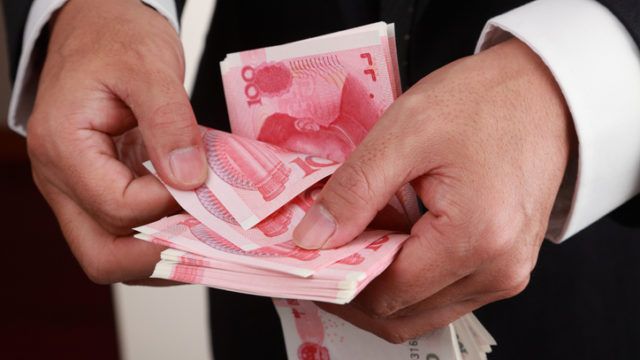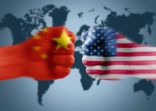Both the qualified foreign institutional investor (QFII) and its renminbi equivalent (RQFII) programmes involve money going into China. They allow foreign institutional investors, including fund managers, to invest in China’s onshore equities and bond markets, within specific quotas.
In September, Chinese regulators announced the decision to abolish the quota restrictions of the two programmes, but did not provide a target date.
However, regulators announced last Thursday that it will be scrapping quota restrictions on the two inbound systems on 6 June, according to a joint statement from the State Administration of Foreign Exchange (Safe) and the People’s Bank of China.
Once implemented, qualified foreign investors will only need to go through a registration-based process to transfer money into the country, according to the statement.
“Now, qualified investors need to register with Safe first, then through trustees, they can transfer money into and out of China. Finally, they need to report all the figures to Safe via trustees,” Ivan Shi, director of data analytics at Shanhai-based Z-Ben Advisors told FSA.
Shi also believes that the new system is an easier way for global investors to access onshore securities.
“The new system is more convenient for foreign investors and it is also essential for MSCI’s next move to include A-shares.” he added.
Becoming less relevant?
Since the implementation of the QFII system in 2002 and the implementation of the RQFII system in 2011, at least 400 institutional investors from 31 countries and regions have invested in China’s financial market through this channel, according to Safe.
However, other more recent initiatives, such as the stock and bond connect programmes and the China Interbank Bond Market, share the same investment scope and have made it easier for foreign investors to access the Chinese onshore market.
“The advantages of the QFII and RQFII have been diminishing since the launch of the Shanghai-Hong Kong Stock Connect in 2014 and the Shenzhen-Hong Kong Stock Connect, which are more convenient to directly invest in the mainland’s financial markets, ” Shi said.
Citing data from the central bank, Shi said that foreign ownership of China A-shares totalled RMB 1.88trn ($265.1bn), with only 30% of it coming from the QFII and RQFII channels.

















